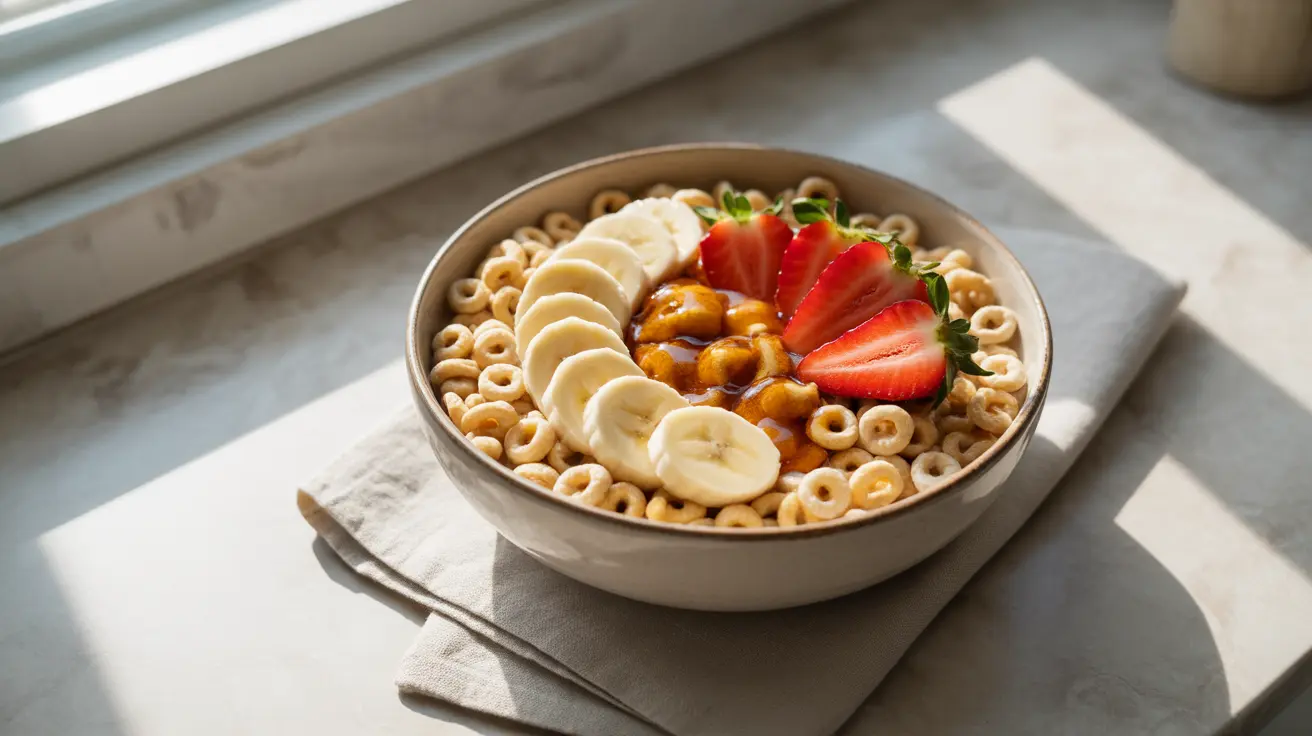For decades, Cheerios has been a breakfast staple in American households, loved by both children and adults alike. However, recent concerns about its ingredients and nutritional value have led many consumers to question: is Cheerios healthy? Let's examine the nutritional profile, ingredients, and potential concerns to help you make an informed decision about this popular cereal.
Nutritional Profile of Cheerios
Regular Cheerios are made primarily from whole grain oats, which provide several important nutritional benefits. A one-cup serving contains:
- 100 calories
- 3 grams of fiber
- 3 grams of protein
- Low sugar content (1 gram)
- Essential vitamins and minerals including iron, zinc, and B vitamins
The whole grain content makes Cheerios a good source of dietary fiber, which supports digestive health and helps maintain stable blood sugar levels. The relatively low sugar content also sets it apart from many other breakfast cereals on the market.
Understanding Ingredient Safety
Glyphosate Concerns
Recent testing has detected trace amounts of glyphosate, a common herbicide, in Cheerios. While this has raised concerns, it's important to note that the levels found are significantly below the EPA's established safety limits. The amounts detected are so minimal that they don't pose an immediate health risk according to current scientific understanding.
Other Ingredients
Beyond the primary whole grain oats, Cheerios contains minimal additional ingredients, including:
- Corn starch
- Salt
- Added vitamins and minerals
- Natural flavoring
The simple ingredient list is generally considered a positive aspect of the cereal, especially compared to more heavily processed breakfast options.
Comparing Cheerios to Other Breakfast Cereals
When evaluating Cheerios against other breakfast cereals, several factors work in its favor:
- Lower sugar content than most commercial cereals
- Higher whole grain content
- Fewer artificial ingredients
- Good source of essential nutrients
These characteristics make Cheerios a relatively healthy choice among commercial breakfast cereals, though it shouldn't be considered a complete breakfast on its own.
Children and Cheerios
Parents often choose Cheerios as one of their children's first finger foods due to its simple ingredients and appropriate size. The cereal's nutritional profile makes it a reasonable choice for children, though as with any processed food, moderation is key.
Frequently Asked Questions
Is Cheerios safe to eat despite containing trace amounts of glyphosate?
Yes, Cheerios is generally safe to eat. The trace amounts of glyphosate detected are well below EPA safety thresholds and are not considered dangerous for regular consumption.
What health risks are associated with glyphosate levels found in Cheerios?
Current scientific evidence suggests that the extremely low levels of glyphosate found in Cheerios do not pose significant health risks. The amounts detected are far below levels that could cause adverse health effects.
Are there any harmful additives in Cheerios besides glyphosate?
Cheerios contains relatively few additives compared to many other processed cereals. The ingredients are generally considered safe, consisting mainly of whole grain oats, corn starch, and essential vitamins and minerals.
How does the nutritional value of Cheerios compare to other breakfast cereals?
Cheerios generally ranks well nutritionally compared to other breakfast cereals, offering whole grains, low sugar content, and essential nutrients. However, it should be part of a balanced breakfast that includes other food groups.
Should parents be concerned about feeding Cheerios to children due to pesticide residues?
The levels of pesticide residues found in Cheerios are well within safety guidelines and shouldn't cause concern for most parents. However, those who are particularly concerned can opt for organic varieties.
While Cheerios isn't a perfect food, it remains a relatively healthy breakfast cereal option when consumed as part of a balanced diet. Its whole grain content, low sugar levels, and simple ingredient list make it a better choice than many other processed breakfast cereals on the market.




